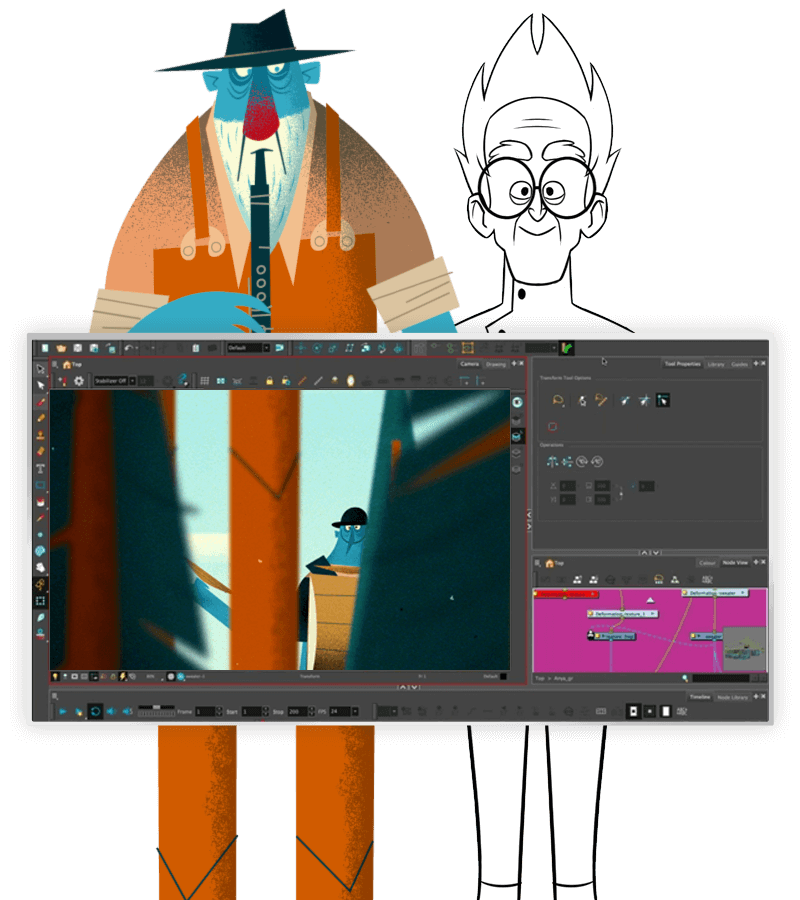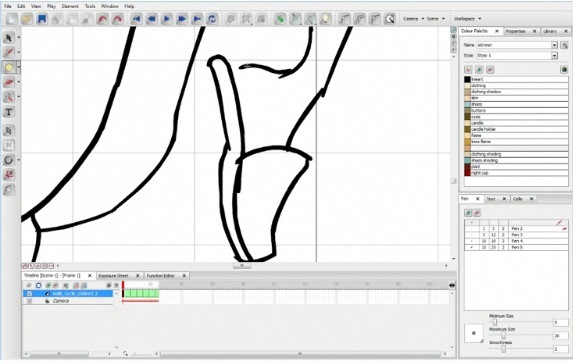
#Definition #Examples #Limited #Animation Other programs like Toon Boom Studio and DigiCel Flipbook also enhance the process, making looping footage and character art easy.ĭefinition and Examples of Limited Animation Sometimes shots are also reused in mirroring, or various changes in zooming and panning are made to use only part of the animation sequence, but there are enough changes to make it look unique.įlash, in particular, makes limited animation techniques very simple and common, often reusing basic character shapes and animation sequences, even without extensive use of tweening in place of frame-by-frame animation. Some animated shows use footage-animation sequences that are reused in nearly every episode, often for certain iconic moments in key parts of the show. Instead, when the animation was brought to the film, the same frames were reused and captured with the podium camera again and again for the correct duration. Either way, they don’t move for a few seconds, so it doesn’t make sense to draw them in the exact same position. Maybe they’ve paused their response, maybe they’re listening, maybe they’re frozen in fear. Best of all, it blends seamlessly.Īnother example is in a hold frame where the character doesn’t move at all. – anything that is only partially moving. This can be counted as an arm swinging on a static object, machine part, etc. They may just change the movements of the mouth, or they may change the facial expression or even the entire head. Instead of redrawing the entire frame, the animator uses one cel with the base and another animates the mouth or even the entire face on it so that it blends seamlessly with the layered cel. As long as the motion is smooth and consistent, you don’t need to animate over and over again when the audience can’t tell you to reuse the same loop.Īnother example is when a character speaks, but doesn’t move any other visible part of their body. This doesn’t just apply to people think of the rolling wheels of a locomotive or the turning of the wheels of a car. Instead, just replay the same walk loop over and over, changing the character’s position or background to show the movement being made on the screen. If your character is walking towards something and you’ve created a standard 8-frame walk loop, you don’t need to redraw the walk loop for each step.

One of the simplest examples of finite animation is the repeated use of walk cycles.


You’ll often see this more prominent in Japanese animation in fact, it’s one of the reasons why Japanese animation is often said to be inferior to American animation, which often uses limited animation techniques. So animators will use limited animation techniques, including reusing all or part of existing animation frames, while only drawing new frames when necessary.
TOON BOOM STUDIO 8. FULL
Even at a large production company with a full animation team, it’s almost impossible to be labor-intensive.
TOON BOOM STUDIO 8. MOVIE
When producing a 20-minute to 2-hour animated movie at 12 to 24 frames per second (or even 36!), up to thousands or even millions of individual drawings can be stacked.

How this simple technique can save you hours of workįinite animations use special techniques to limit the amount of work involved in making a full animation, so each frame doesn’t have to be drawn individually.


 0 kommentar(er)
0 kommentar(er)
